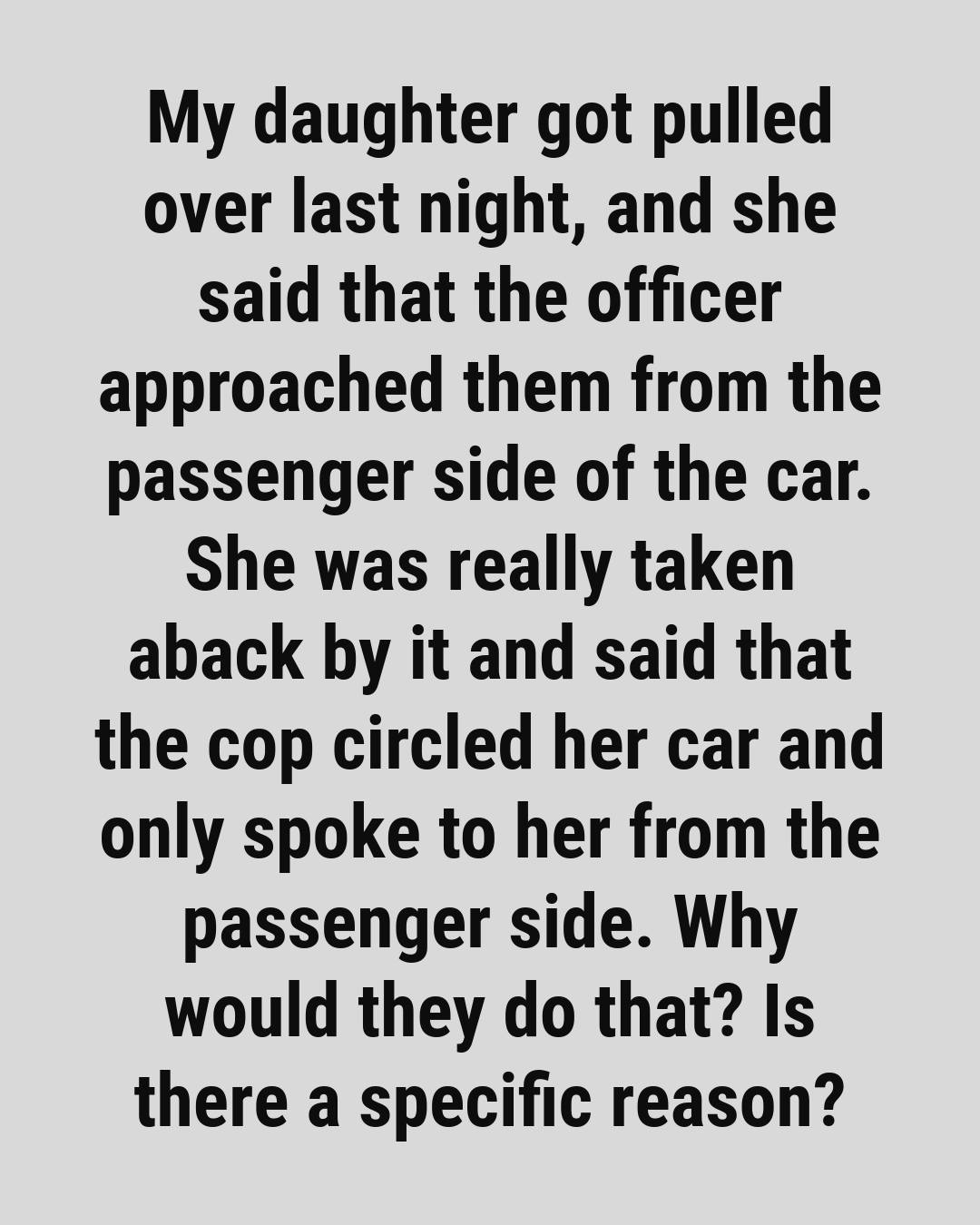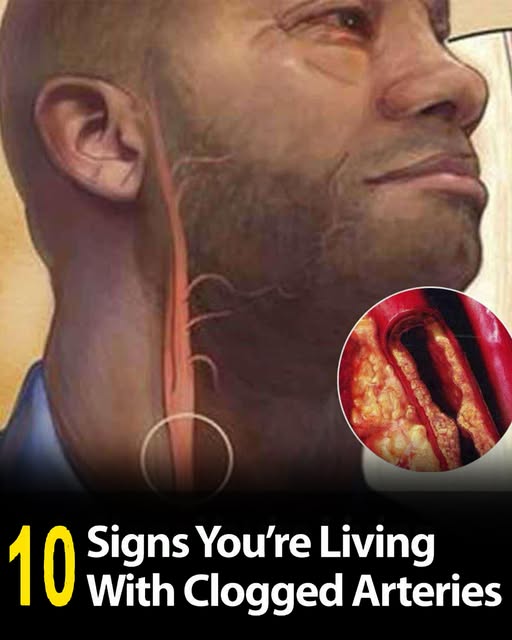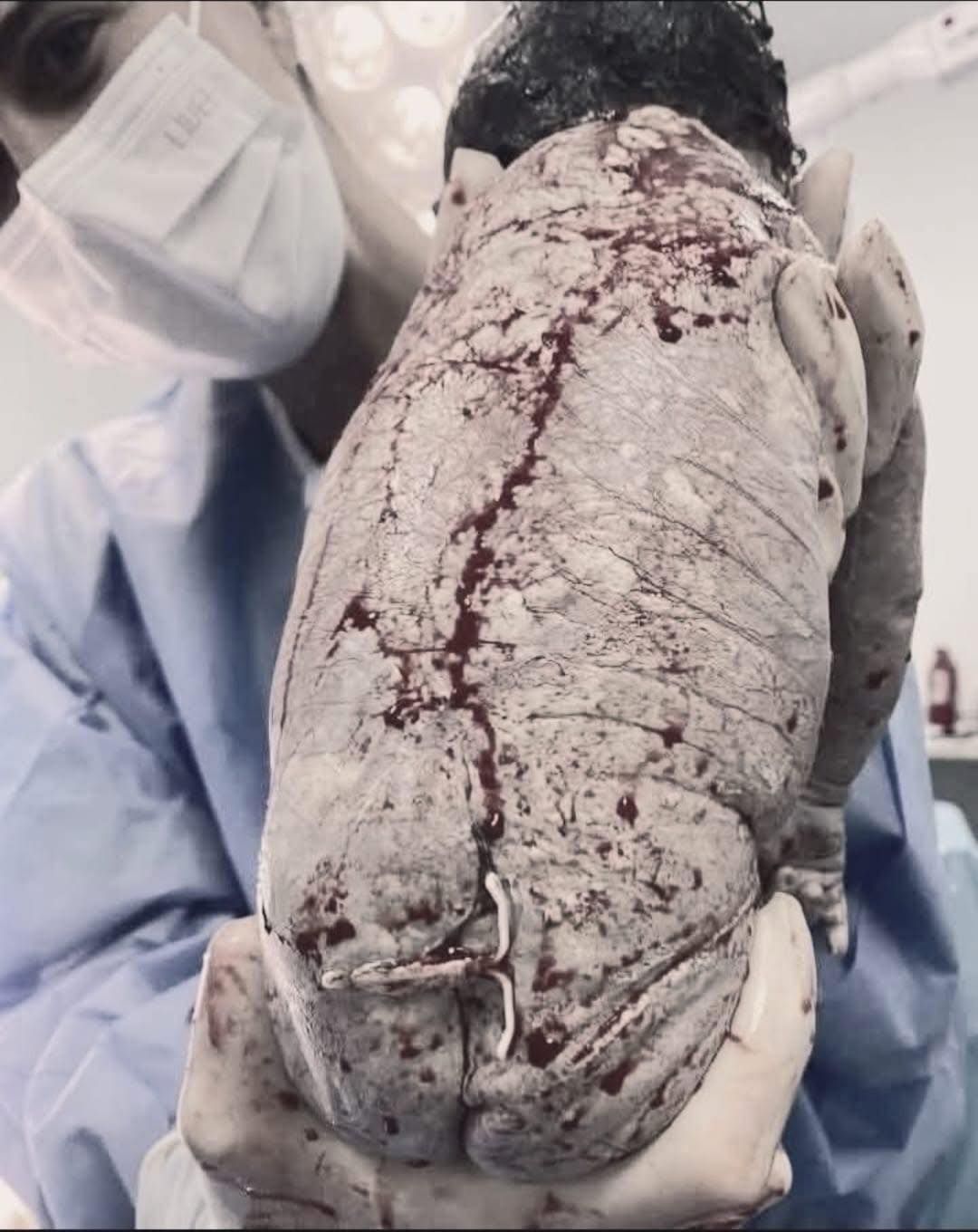What Really Happens During a Traffic Stop
Seeing flashing lights in your rearview mirror always causes a little anxiety. Your stomach drops and your brain races with a million thoughts. But the truth is, the procedure during a traffic stop is more than checking your speed or a broken tail light—it’s built on layers of safety protocols, years of training, and calculated thought by the officer.
**Before the Stop: How Officers Prepare**
Long before the officer puts the lights on, the process is underway. First, they usually run your license plate to check if the car is stolen, if registration is expired, or if the owner has outstanding warrants. A call goes out over the radio informing dispatch of the vehicle description, location, and number of occupants—critical if things get messy.
Choosing where to stop is tactical, too. Officers look for well-lit, low-traffic areas. If it takes a minute before you pull over completely, they’re likely searching for a safe location.
**The Approach**
You may notice the patrol car doesn’t stop directly behind you—it’s offset. This gives the officer cover, blocks their body from traffic, and creates a safe approach space. Some even turn their wheels outward for added protection.
The bright spotlight? It’s for maximum visibility—to see inside your car, see your hands, and reduce shadows where danger might lurk.
Sometimes officers touch the rear of your car. This creates a fingerprint—a breadcrumb connecting them to that vehicle in case something happens. It’s also a way to check if the car suddenly moves.
**During the Conversation**
You may be asked to turn off your engine and place your keys on the dash—not as a show of force, but to ensure the vehicle can’t suddenly be driven away. Officers may repeat your name or ask similar questions twice to verify information through cross-checking. If there are passengers, they may speak to them separately—this is situational awareness, not suspicion.
**Your Role**
Stay calm, keep your hands visible, and avoid sudden movements. Wait until asked before reaching for documents. Understanding what’s happening can turn fear into understanding—and that’s good for everybody.






Post Comment